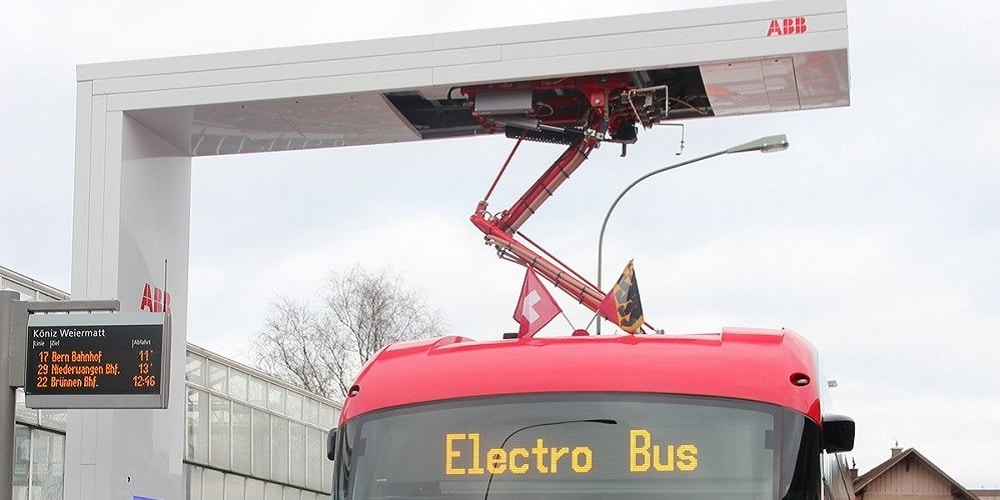The Kiel University of Applied Sciences analyzed the electrification of a bus fleet managed by the local public transport company in Pinneberg as part of the EMOSYN project. The results are seen as a “blueprint for small and medium -sized public transport companies.”
The acronym EMOSYN stands for “Electromobility, Slim Raster and Self -generation.” Under this title, a research team of the Kiel University of Applied Sciences has been supporting the Pinneberg District Transport Company (KVIP) for almost four years in the electrification of a part of the bus fleet and the company helped the company in the design, commissioning, optimization and scaling of a pilot factory on the depot in Uterssenenenenen, Schlesig hole.
A total of 100 kW photovoltaic capital was installed on the administration and maintenance room of the depot. A battery storage system with a capacity of 328 kilowatt hours was housed in a container on the site. At the start of the project, a 50 kW charging station was connected to the battery storage system in operation, explained Klaus Lebert, a professor at the Computer Science and Electrical Engineering department at the Institute of Mechatronics of Kiel University. A second charging station near the storage system went into operation in the second half of 2024.
The research project, supported by the Federal Ministry of Transport and Digital Infrastructure with around € 312,000 ($349,257) – Of which about € 154,000 went to the university – has now been completed and the evaluation was submitted early this year. For the Kiel University of Applied Sciences, however, the project is seen as the potential start of a more far -reaching plan: “The development of the energy supply infrastructure for the electrification of depots and bus fleets is freely complicated and associated with financial and logistical challenges,” says Lebert. The pilot project has now “produced a model that can serve as a kind of blueprint for other small and medium -sized public transport providers to implement a similar approach.”
The project investigated how energy generated by photovoltaic can reduce the use of grid electricity and thus contributes to cost reduction. Modeling, simulation runs and continuous comparison with real-time data have resulted in “a very accurate general model for the depot.” As a result, evaluation and concrete recommendations can be developed.
KVIP is planning to continue to use the findings. “We now know the relevant technical, operational and economic parameters for integrating our own renewable energy generation in our electrification strategy,” said director Thomas Becker. In addition to the self-generated stations, the company now has five extra 120 KW stations, which are currently driven by grid electricity. Twenty-seven more must follow soon, what will be needed: 27 electric buses have been ordered and are planned to be integrated into the KVIP fleet from late summer.
This content is protected by copyright and may not be reused. If you want to work with us and reuse part of our content, please contact: editors@pv-magazine.com.

